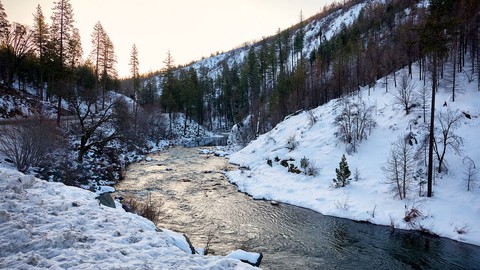
When warm storms melt snowpack early, reservoir managers must release water to prevent flooding—which sends this precious resource into the ocean.
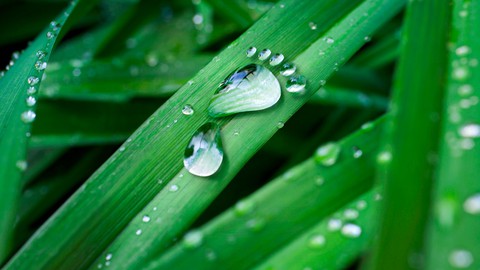
Don’t just be a spectator in the fight against climate change. Here are some small steps you can take to reduce your carbon footprint.
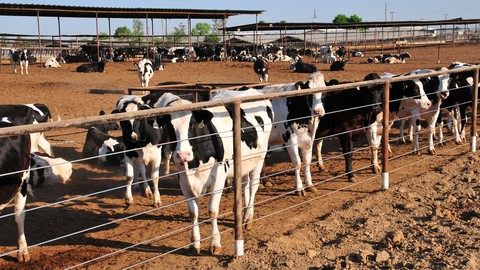
California is a leading producer of agricultural crops. So it’s not surprising to find cutting-edge ideas taking root here.
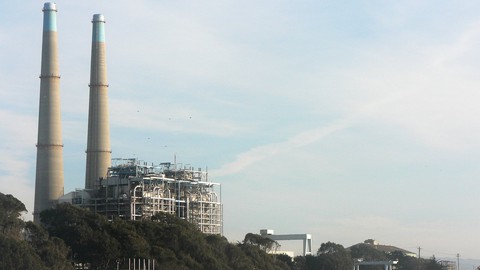
Solar power, and a network of giant battery storage facilities, are playing an essential role in moving California toward its goal of exclusive reliance on renewable energy sources.
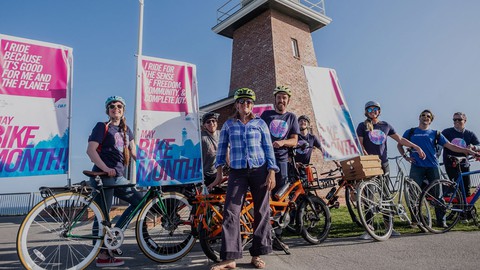
For half a century, this group has reduced waste, reimagined local transportation and redesigned buildings. It’s all part of Ecology Action’s quest for sustainability.
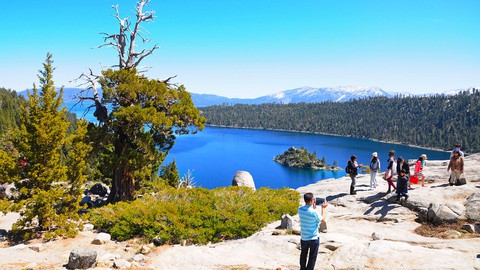
Tahoe is majestic and awe inspiring with its jagged mountain peaks, thick forests, swift-running rivers and hundreds of glacial and alpine lakes.
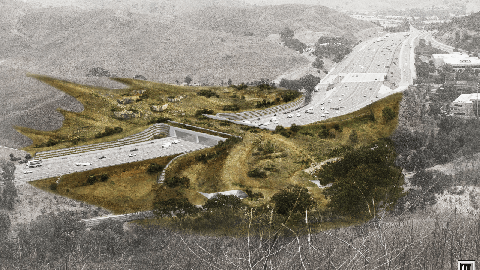
The Wallis Annenberg Wildlife Crossing, which will help pumas in the Santa Monica Mountains cross 10 lanes of Highway 101, will be the largest in the world.
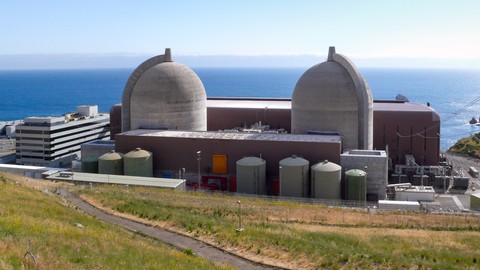
California may soon shut down its last nuclear power plant, but Gov. Gavin Newsom who once championed the closure has had a change of heart. Federal funds may now keep the plant running.
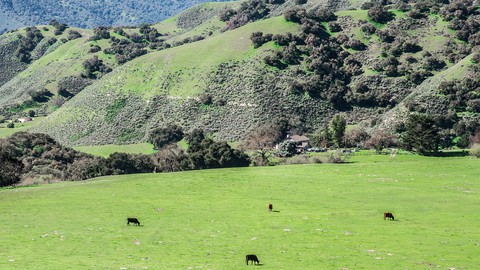
What do resource conservation districts protect? Pretty much everything that’s worth saving.
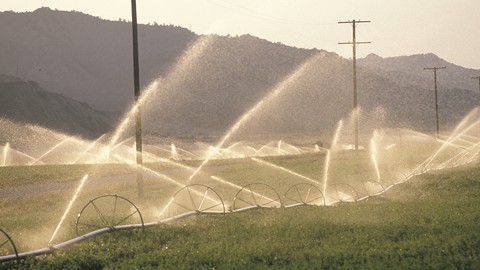
Residential wells are drying up in the state’s main agricultural region at the same time that agricultural businesses consume almost 90 percent of the water there.
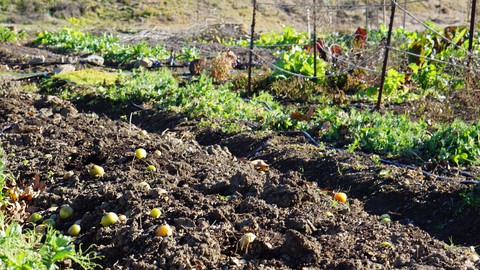
Californians Against Waste was one of the main advocates behind SB 1383, which requires California to divert 75 percent of its organic waste from landfills. California Local talked to CAW’s Nick Lapis to learn more about what it does and …
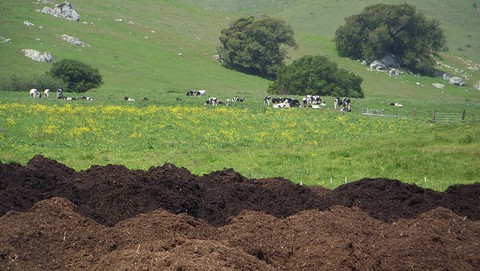
In 2022, California trash haulers will begin turning millions of tons of methane-emitting organic waste into a new cash crop: compost.